The Versatility of Cardboard Boxes: A Comprehensive Guide
In today’s fast-paced world, cardboard boxes have emerged as an indispensable packaging solution for businesses and individuals alike. Their remarkable versatility, eco-friendliness, and cost-effectiveness make them the preferred choice across various industries. This article delves into the many facets of cardboard boxes, exploring their types, benefits, and applications.
What Are Cardboard Boxes?
Cardboard boxes are made from heavy-duty paper pulp, typically composed of multiple layers. This construction gives them strength and durability, making them suitable for a wide range of packaging needs. They come in various styles and sizes, catering to both consumer and industrial requirements.
Types of Cardboard Boxes
1. Regular Slotted Containers (RSC)
RSCs are the most common type of cardboard box. They consist of a single piece of cardboard with flaps that fold down to meet in the center. These boxes are easy to assemble and are used primarily for shipping and storage.
2. Die-Cut Boxes
Die-cut boxes offer a custom shape, tailored to fit specific products. This design enhances presentation and provides better protection during transport. They can be used for retail packaging, gift boxes, and more.
3. Telescope Boxes
Telescope boxes consist of two separate pieces—one that fits over the other. This design allows for easy packing and unpacking while providing excellent protection for delicate items. They are commonly used for electronics and fragile goods.
4. Folding Cartons
Folding cartons are made from lightweight cardboard and can be folded flat for storage. Once filled, they are sealed and provide a great option for retail packaging, especially in food and cosmetics.
Benefits of Using Cardboard Boxes
1. Eco-Friendly
One of the most significant advantages of cardboard boxes is their environmental impact. They are recyclable and biodegradable, making them a sustainable choice for packaging. Many manufacturers use recycled materials, further reducing their carbon footprint.
2. Cost-Effective
Cardboard boxes are typically less expensive than other packaging materials, such as plastic or wood. Their lightweight nature also helps reduce shipping costs, making them an economical choice for businesses.
3. Lightweight and Durable
Despite their lightweight nature, cardboard boxes are remarkably strong and can support considerable weight. This durability makes them suitable for various applications, from shipping to storage.
4. Customizable
Cardboard boxes can be easily customized in terms of size, shape, and design. Brands can print their logos and product information directly onto the boxes, enhancing visibility and brand recognition.
5. Versatile Applications
Cardboard boxes can be used in multiple industries, including retail, food service, electronics, and manufacturing. Their versatility allows businesses to package a wide array of products effectively.
Applications of Cardboard Boxes
1. E-commerce
With the rise of online shopping, cardboard boxes have become the backbone of e-commerce packaging. They protect products during shipping and can be branded to create a memorable unboxing experience.
2. Food and Beverage
In the food industry, cardboard boxes are widely used for packaging takeout, catering, and food delivery services. Their ability to keep food secure and fresh makes them essential for restaurants and food manufacturers.
3. Retail Packaging
Retailers use cardboard boxes for packaging a variety of products, from cosmetics to electronics. The customization options available make them ideal for attracting customers and enhancing product visibility.
4. Moving and Storage
Cardboard boxes are a staple in moving and storage. Their lightweight and stackable nature makes them easy to handle, while their durability ensures that belongings are protected during transit.
How to Choose the Right Cardboard Box
1. Assess Your Needs
Consider the type of product you need to package. Evaluate its weight, fragility, and dimensions to select the appropriate box type.
2. Consider Customization Options
If branding is essential, look for manufacturers that offer custom printing and designs. This can significantly enhance the presentation of your product.
3. Evaluate Sustainability
Opt for suppliers that prioritize eco-friendly practices. Choosing recycled or sustainably sourced cardboard can positively impact your brand’s image.
4. Compare Prices
Get quotes from different suppliers to find the best deal. Ensure that you are balancing cost with quality to meet your packaging needs.
Conclusion
In conclusion, cardboard boxes offer an unmatched combination of versatility, cost-effectiveness, and environmental friendliness. Their wide range of applications and customization options make them an ideal packaging solution for various industries. By understanding the types and benefits of cardboard box packaging, businesses can make informed decisions that enhance their packaging strategies and overall brand image.
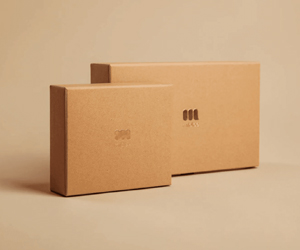

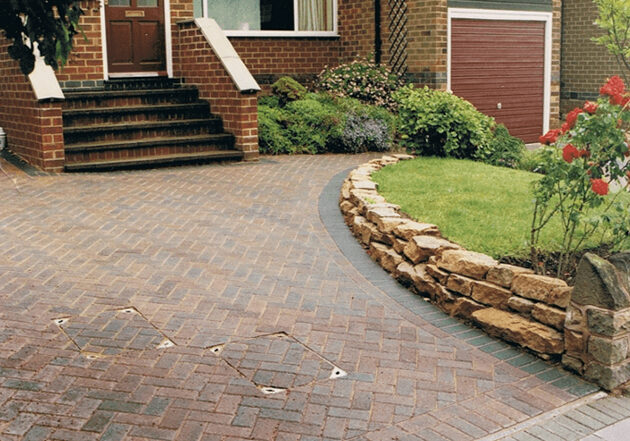

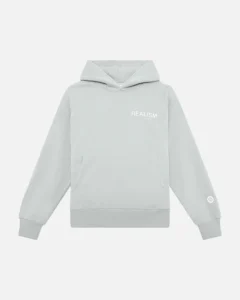
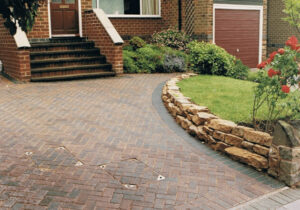




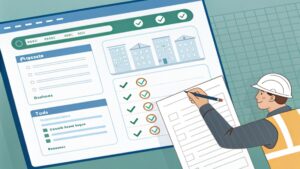



Post Comment